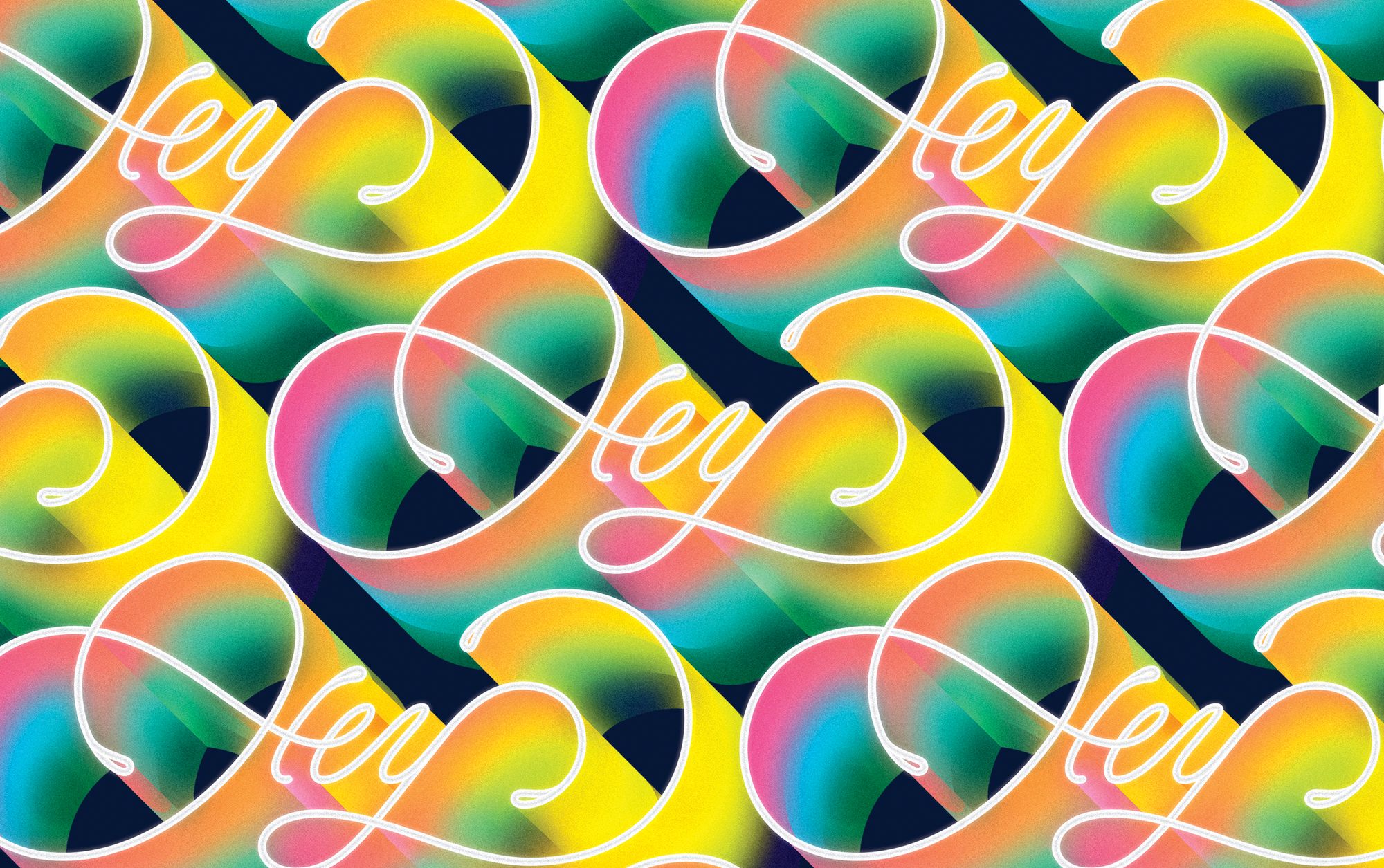In the history of typography, women in type design have long been underrepresented. Amber Weaver decided to take action, and give the recognition contemporary female designers deserve now. In 2019, she launched the international platform Femme Type to support type designers identifying as women. During our conversation she shared her thoughts on the importance of diversity and also gave us a glimpse into her workdays.
This article originally appeared in issue no. 3 of the Hype&Hyper print magazine.
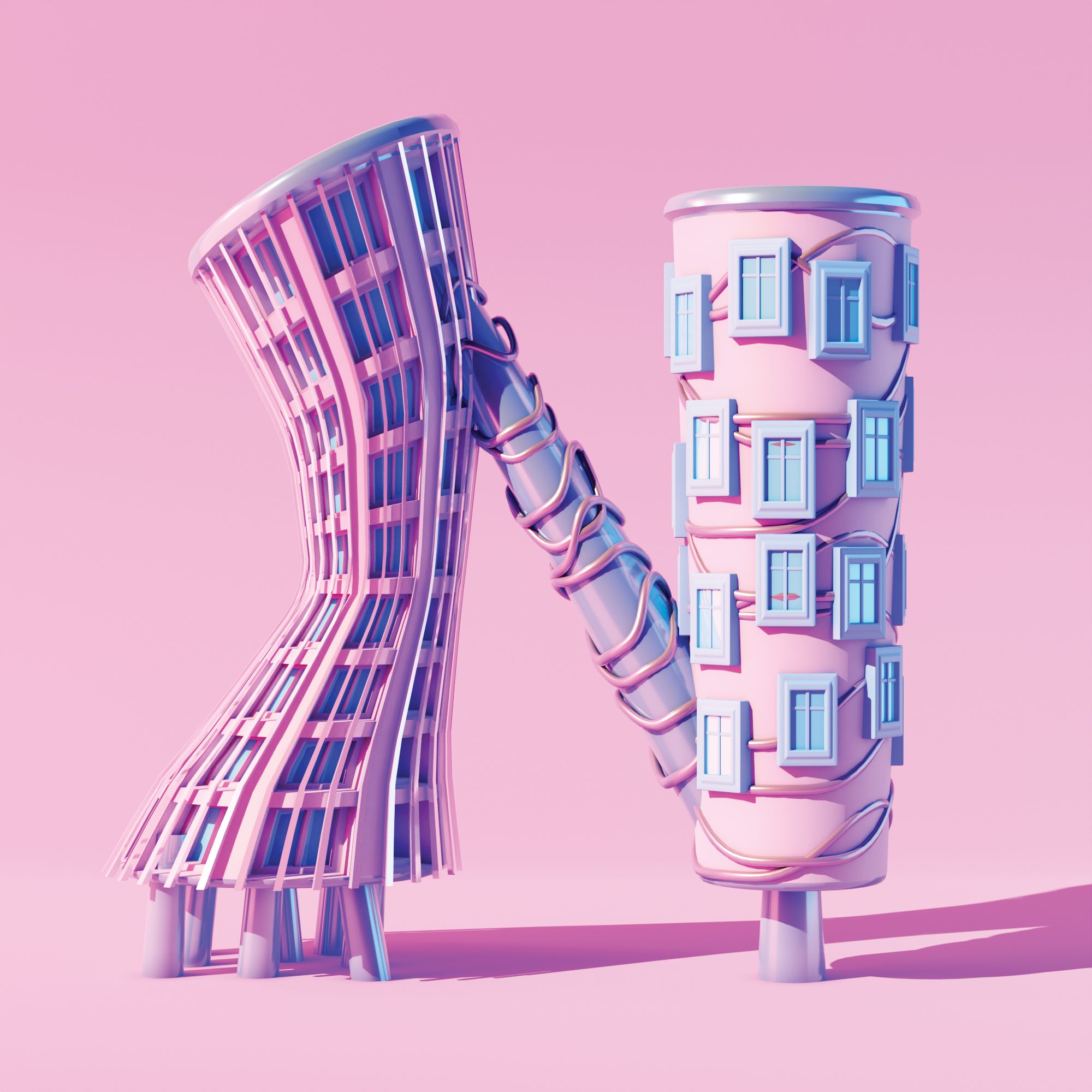
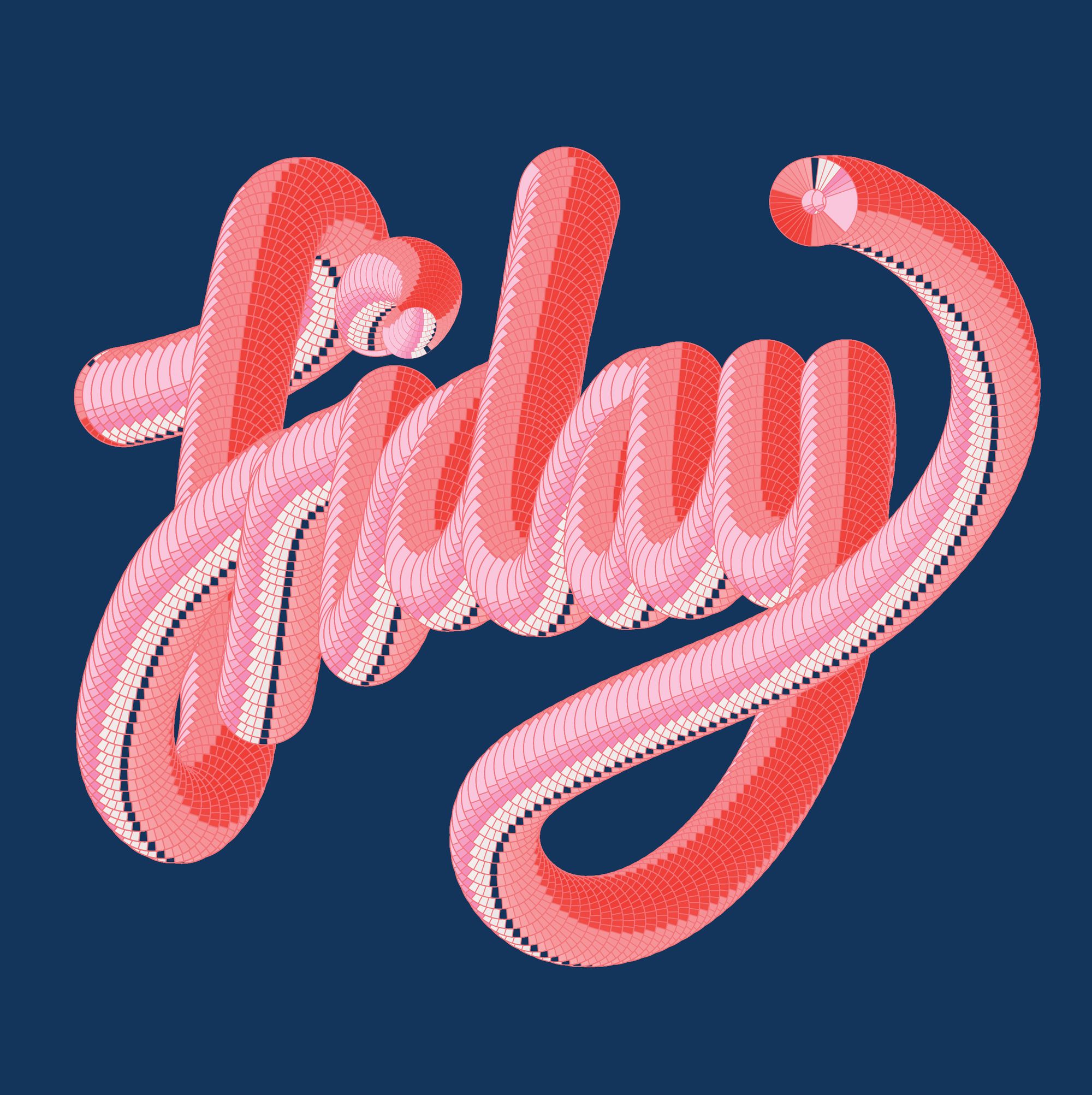
Could you tell us a little bit about the first steps of launching Femme Type?
In 2018, the only trace of Femme Type could be found on my laptop tucked away in a folder in the top right corner of my screen. The folder consisted of two documents, a small list of reading references, and the other, a list of type designers and creatives who worked on the fonts I collected. This wasn’t a substantial list at all—I think it included about 10 people at the time— in retrospect, this fact speaks for itself. It confirmed the issue of a lack of female representation in the world of type before I even began researching further into it. I was looking through books, magazines, any kind of publications about typography I could get my hands on for my university studies, and eventually a thought fluttered in my head, “Where are all the women?”. It dawned on me that most of the names were men’s and this realisation kick started my decision to make a list featuring female designers only. One particular thought stood out to me, an article written by Verena Gerlach titled “Where Are the Women in Type Design?” — and I felt that this question needed to be answered.
I loved print, and at the time I was working at People of Print, where I suggested the idea of a book or publication utilising my list in some way. Fast forward 8 months later, and the book was ready to be launched via a kickstarter campaign. I created an Instagram account for the book 3 weeks before the publication and the website went live in mid-May of 2019.
My strategy was not dwelling on the past, but rather looking into the present and future. I think this stems from the fact that I’m a very forward-thinking person. I respect that those who came before us need to be recognised, but sometimes I feel that it stifles creativity and puts added pressure on the process of creation.
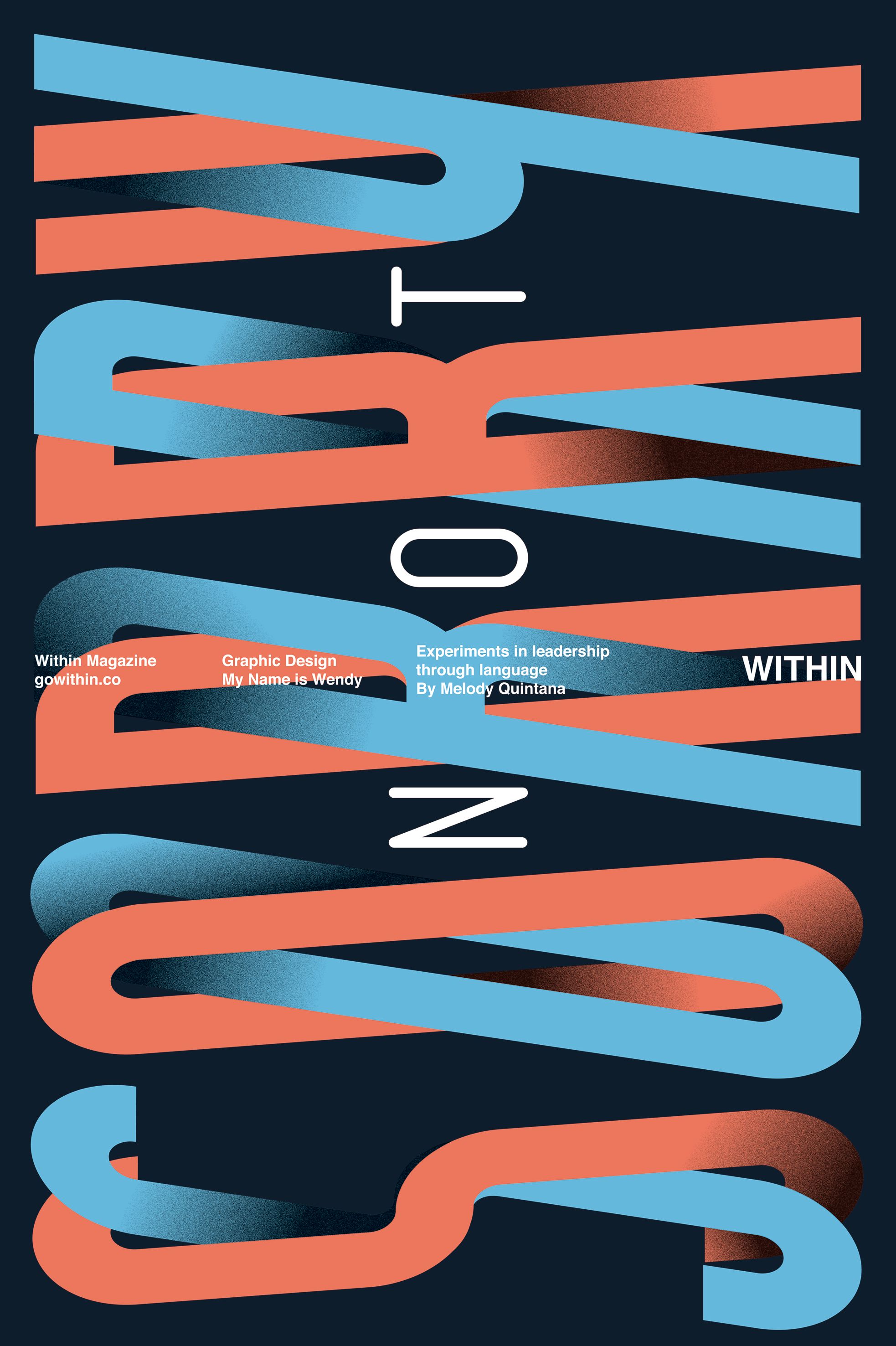
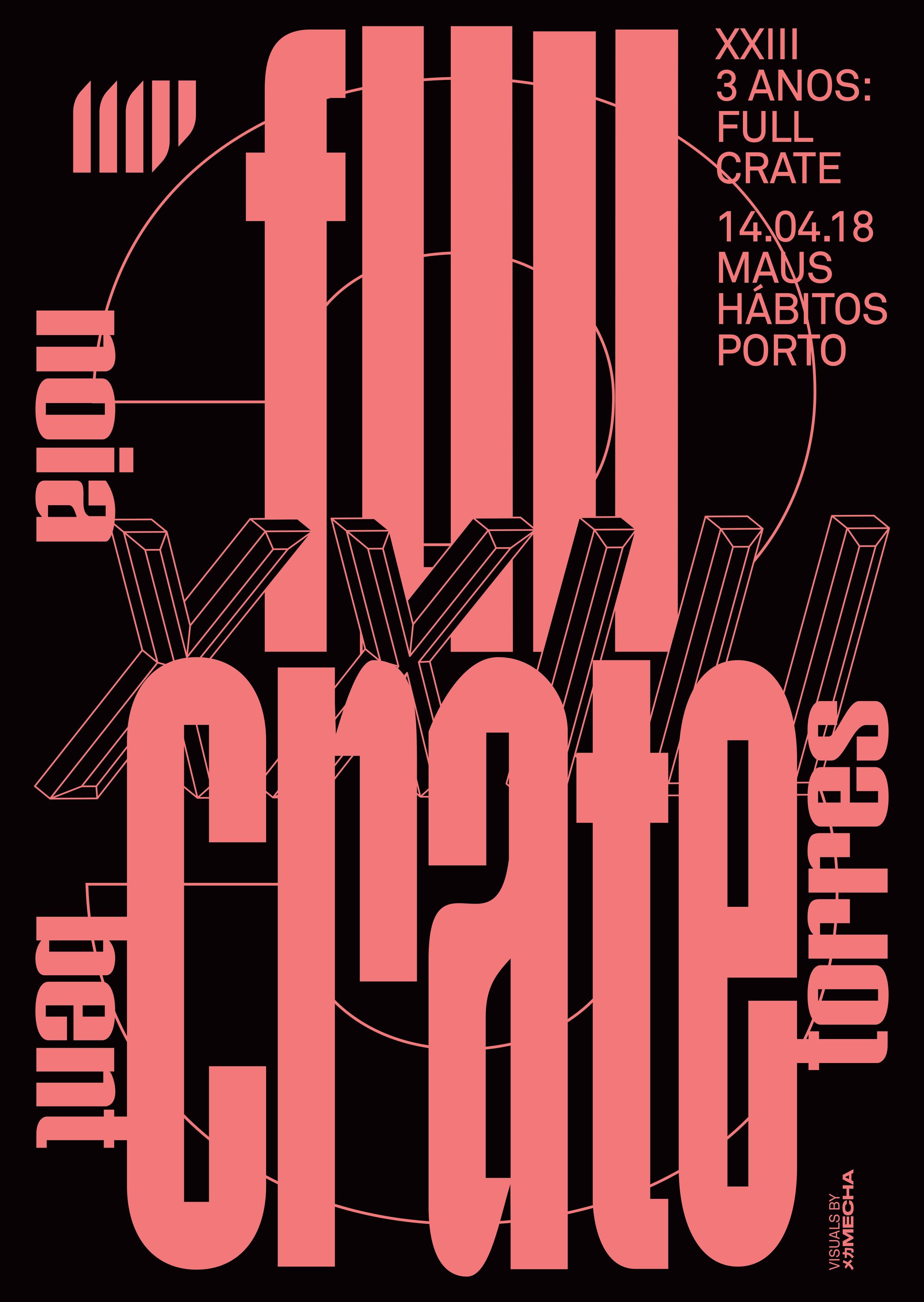
What were the main goals of Femme Type in the beginning, and what are its goals now?
At first I only had one goal in mind: to increase recognition of this seemingly under-represented part of the design industry. Now that we’ve found hundreds of fantastic talents, our goals have changed into the three aspects that drive our brand vision: recognition, collaboration, and application. Recognition was ingrained from the start, and won’t be something that we’ll ever stop pursuing. We realised in order to help spread the word about Femme Type and to make further changes in the industry, we needed to take matters into our own hands. So we began collaborating with artists to produce our own content that aligned with our brand vision. Application was the last to come about but is something I perhaps feel the most strongly about. It’s all well and good to feature an artist's work on an Instagram page such as our own, as it gives them exposure, and can get great engagement, but pushing the application of the designers' work into a commercial environment is another thing entirely. It enables the designer to capitalise on the hard work they’ve done, and acts as a beacon of inspiration to those who are either studying to be designers or are already established ones. It shows that their skills were chosen for their value and improves the equal representation of men and women in the type industry, and also sends a message to younger creatives that it’s possible for them to be recognised.
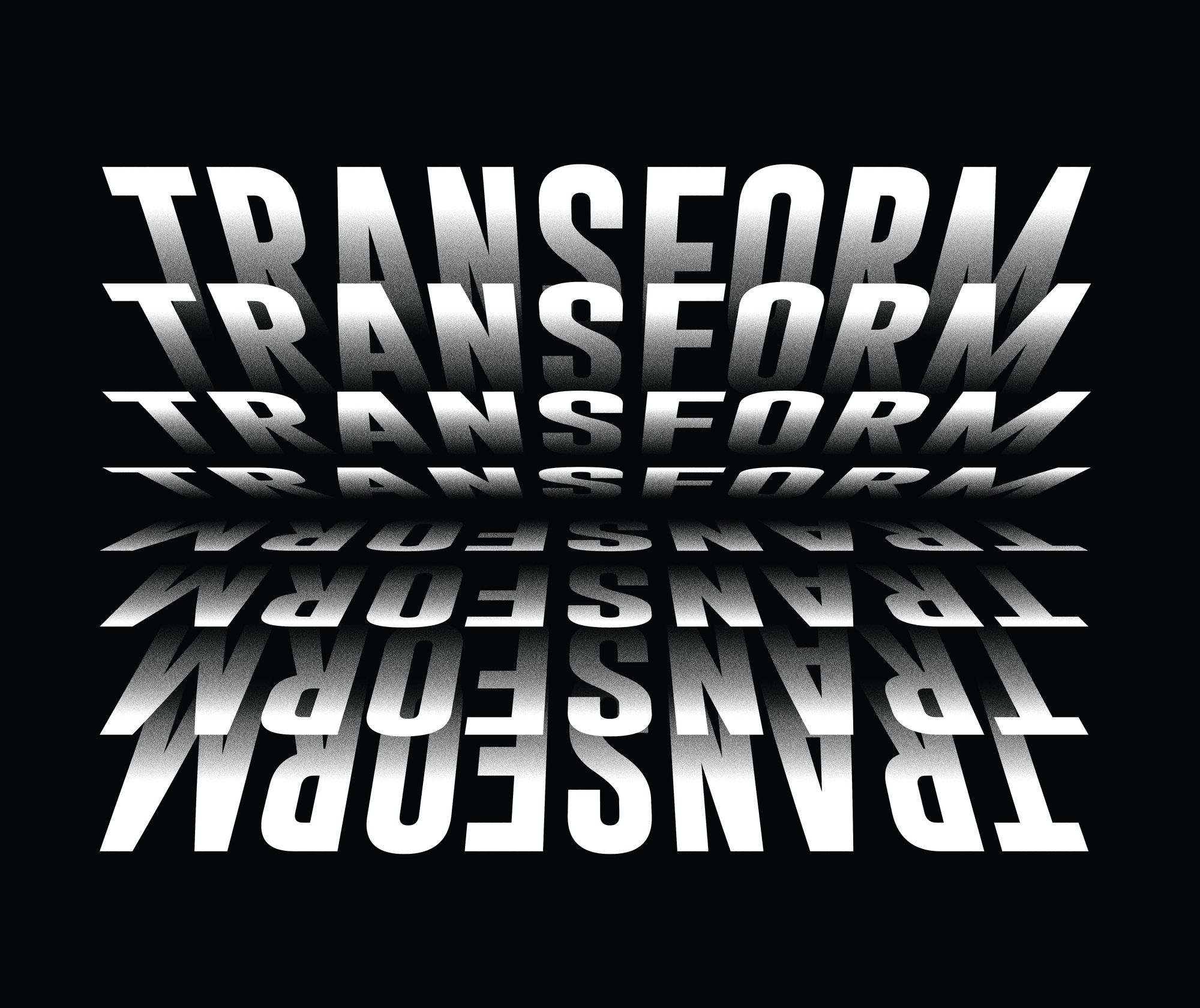
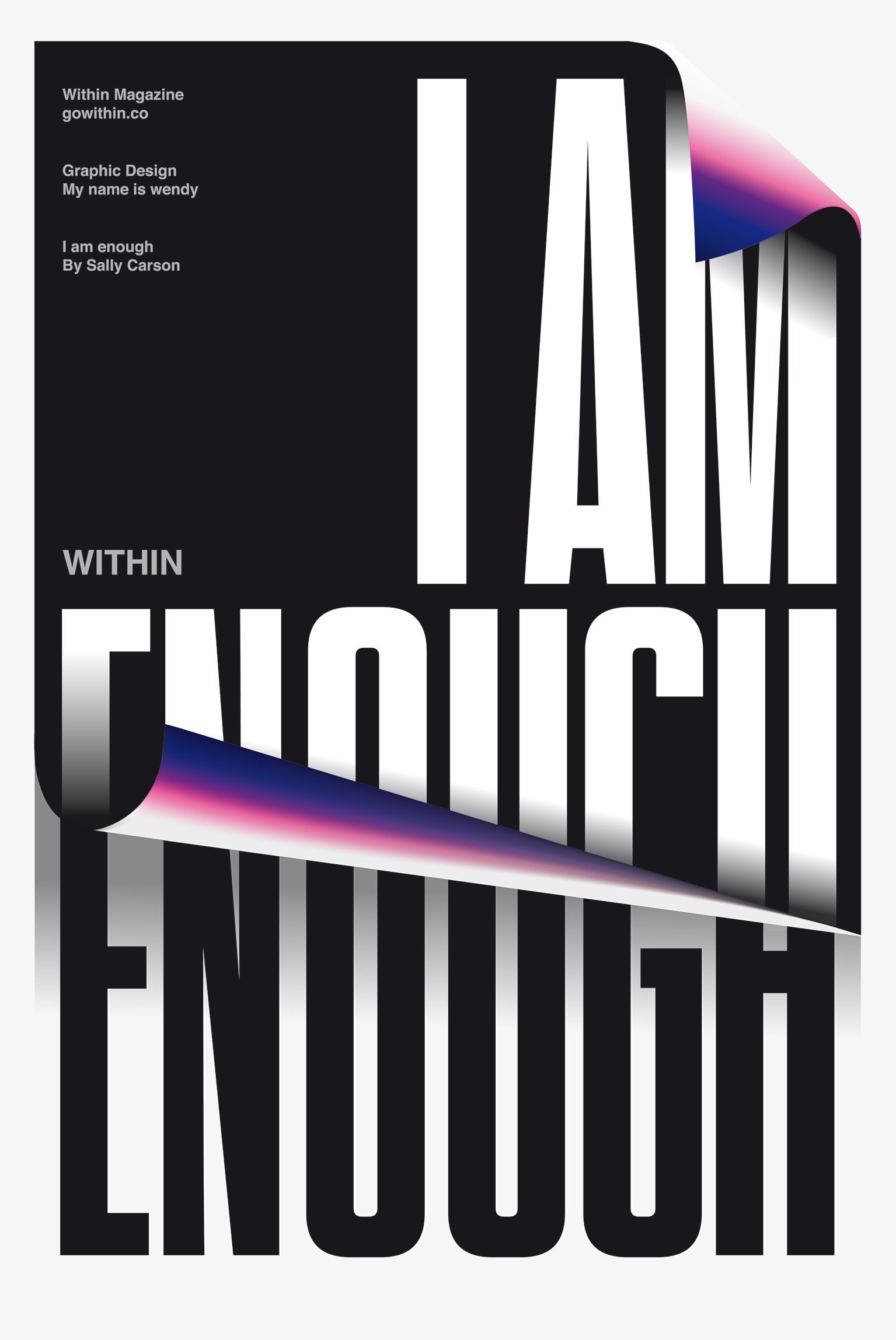
How can somebody get featured on the website or social platforms of Femme Type?
It’s simple. They can just submit their work via email. We review every submission that comes in as well as scouting creatives who we think deserve to be featured on our platform. As for social media, anyone can use our hashtag #femmetype or tag us. We look through Instagram and other social platforms daily to seek out projects and people we want to put into the spotlight.
In an interview earlier, you mentioned that there are more women studying type design in a university setting than men. However, according to statistics, when it comes to actually working in the industry, men are way more represented. In your opinion, what’s the reason behind this?
I wouldn’t say I have the complete authority to answer this question with absolute conviction, but I believe that those in the position of hiring someone for a job, need to be more aware of their thought processes. Psychology argues that we, as humans, gravitate more to those who look, think and sound similar to us, and I think we need to be mindful about this fact as it might potentially affect the way and who we hire. Putting effort into finding diverse talent rather than just hiring a clone is something everyone should thrive for. Diversity brings great dynamics to a team.
What achievements are you the most proud of?
Having our Femme Type book listed on Google was a really exciting moment. Yet my greatest achievement is the ability to keep going even on the days when I have zero motivation. I’m competing with myself to make Femme Type a better place each year and to continue making a positive change however small.
TYPE01 is the parent company of which Femme Type is a sister brand—and you’re the founder and managing director of both. What does a typical workday look like for you?
I’m an early riser. I'm up at 6am and off to the gym to get it out the way, otherwise I wouldn’t go.I start working at 8am. I answer my emails between 11-11:30am each day, and the rest of my time I’m hardcore working until about 5-6pm. So to answer your question, none of my days are the same. Right now we’re working on gathering all our content for the fourth issue of the TYPEONE Magazine, which we’re so excited about. If everything goes according to plan, it is going to be published in early April 2022. After launching our magazine in late 2020, switching platforms and creating a new design for our font-marketplace called Type Department in 2021, it’s now Femme Type’s turn to focus our efforts on. So, I can’t tell any specifics, but we’re working on a couple of really exciting launches and updates that will be unveiled in the coming months.
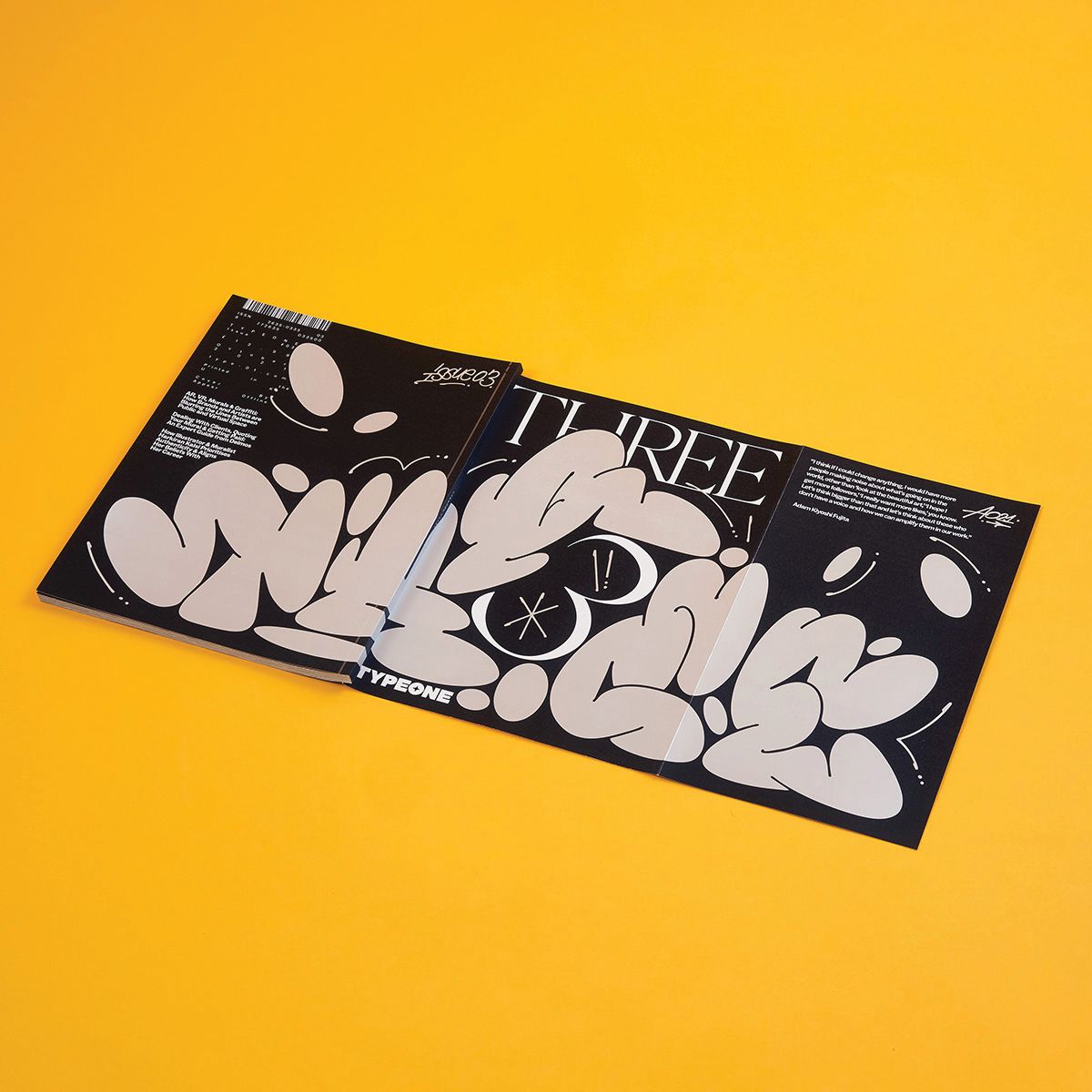
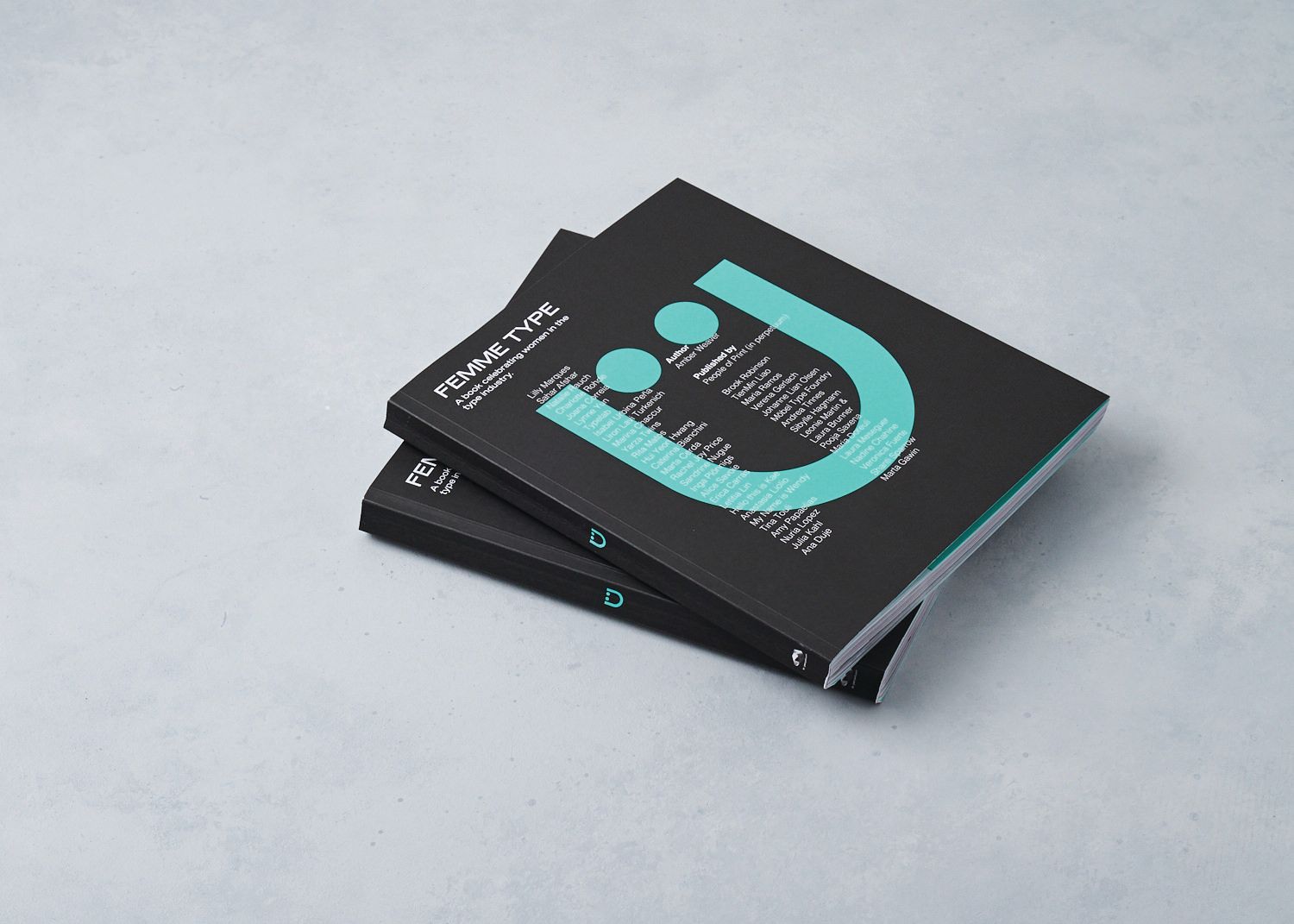
Tips on being productive:
— Limit checking and replying to your emails to 30mins-1hr per day. No more.
— If you start early (before 9am) you have an hour to do some deep work before the emails start flooding in.
— Time blocking changed my life. I’m 3-4x more productive when I give myself a time allowance to complete certain tasks in.
— Try and get the hard stuff out the way in the morning so you’re less stressed by the end of the day.
Cover Image: SHEEHIJ KAUL









